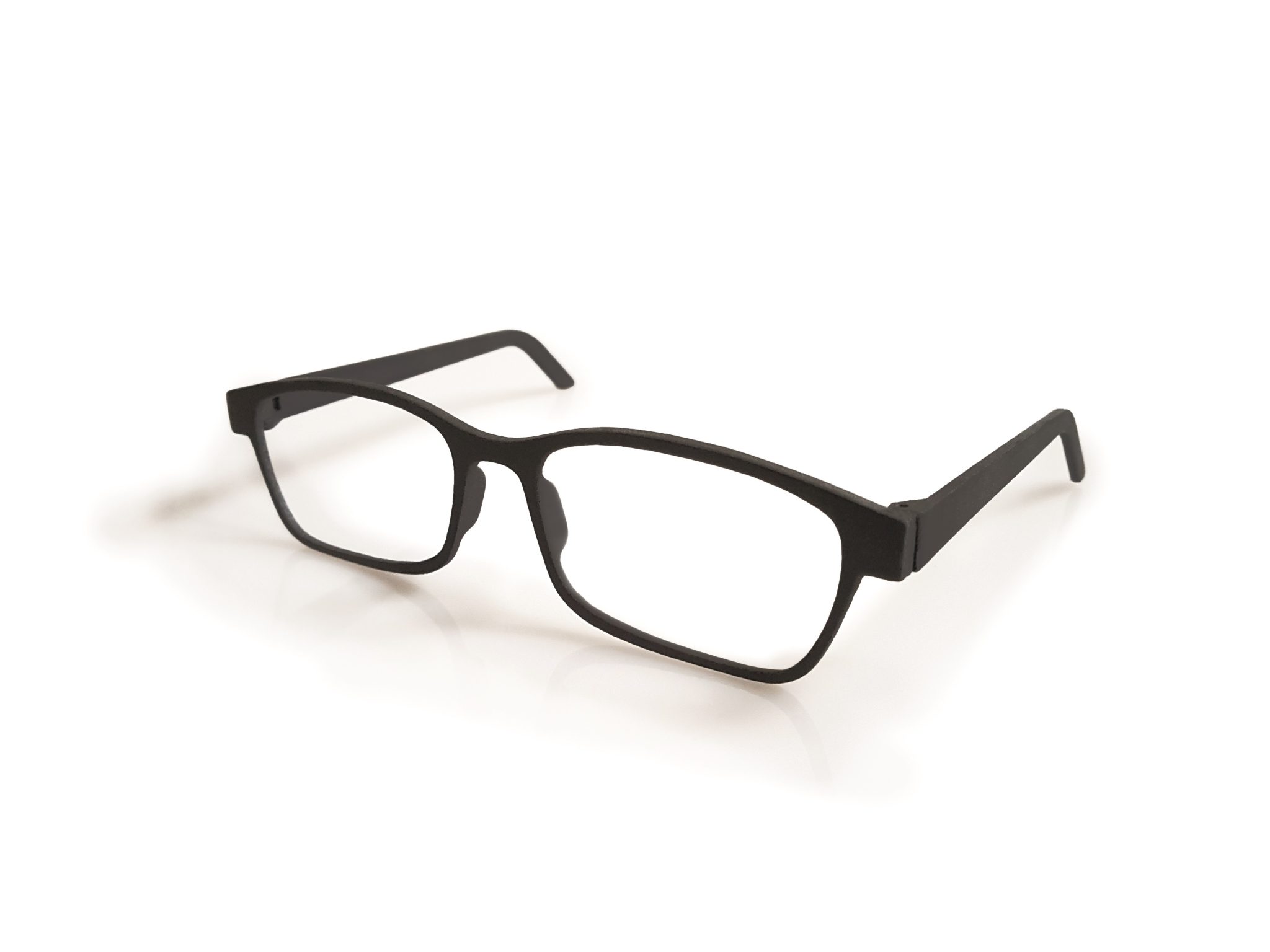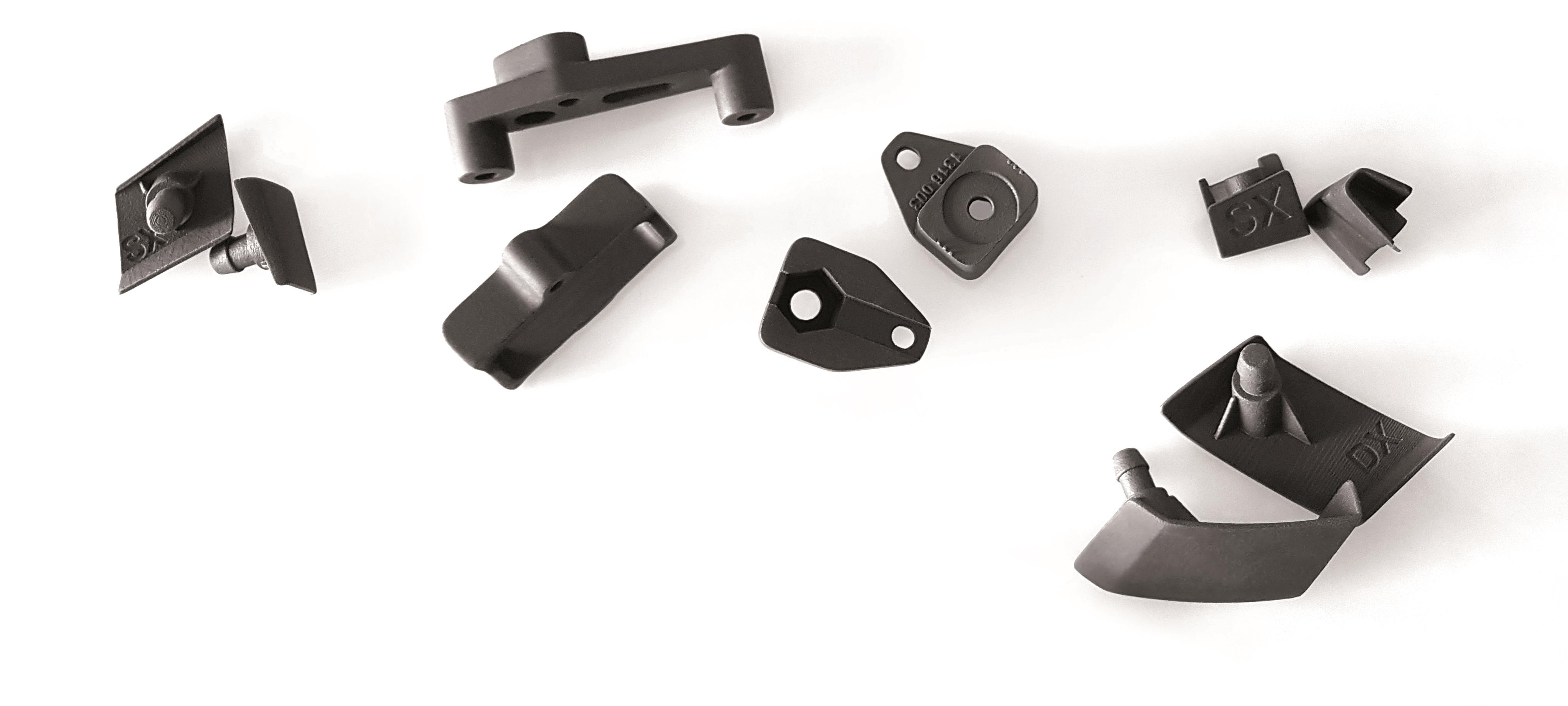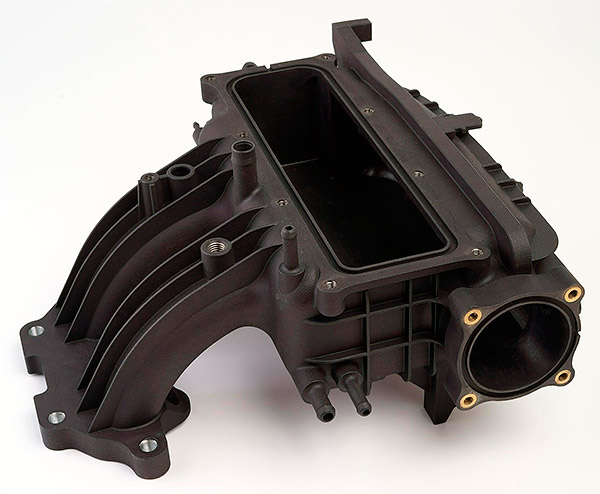CRP Technology, an Italian engineering and 3D printing company, has released its latest additive manufacturing powder for High-Speed Sintering (HSS) known as Windform P2.
As the second polymer from the company’s P-Line, the new Windform range of materials for high-speed production-grade 3D printing, P2 is a glass fiber reinforced thermoplastic polyamide material distinguished by increased stiffness.
Franco Cevolini, CTO and VP of CRP Technology, said, “Most of the reinforced materials for similar technologies currently on the market show a decrease in the tensile strength property. We have been able to preserve the high tensile strength in Windform P2. Therefore, performance is superior.”

Windform P2
Last year, CRP Technology introduced its first material from the P-Line with Windform P1, a non-conductive, isotropic material in powdered form with strong mechanical properties and flexibility. This material is compatible with HSS 3D printing methods utilized by voxeljet, and Xaar.
Windform P2 has been designed for the production of small functional prototypes, as well as consumer, household, and industrial products. This includes furniture parts, fixtures and tooling, and electrical enclosures. It also manufactures components with detailed resolution. Cevolini added, “We are pursuing non-stop innovation on the road to high tech for production manufacturing.”
Prior to the release to the P-Line, the Top-Line range of Windform materials has been leveraged for end-use and prototyping applications in the aerospace and automotive industry. CRP states that four of the Top-Line materials, Windform LX 2.0, Windform XT 2.0, Windform GT and Windform SP, have passed NASA’s outgassing tests.

CRP Technology changes strategies
As the additive manufacturing wing of the CRP Group, CRP Technology’s Windform materials have been used to make parts for the Energica Ego, Italy’s first street-legal electric motorbike. In addition to manufacturing materials, CRP also has a dedicated Rapid Prototyping Department with over 25 industrial 3D printers from 3D Systems and RICOH among others.
Last year also saw CRP Technology form a new strategy to ensure the highest quality in the manufacture of 3D printed components in Windform by withdrawing access to the materials for bureaus.
3D printed Automotive intake manifold functional prototype – material Windform SP. Image via Windform.For more of the latest 3D printing news, subscribe to the 3D Printing Industry Newsletter, follow us on Twitter, like us on Facebook.
Furthermore, join 3D Printing Jobs for opportunities in additive manufacturing.
Featured image shows 3D printed eye-wear made from Windform P2. Photo via CRP Technology.



